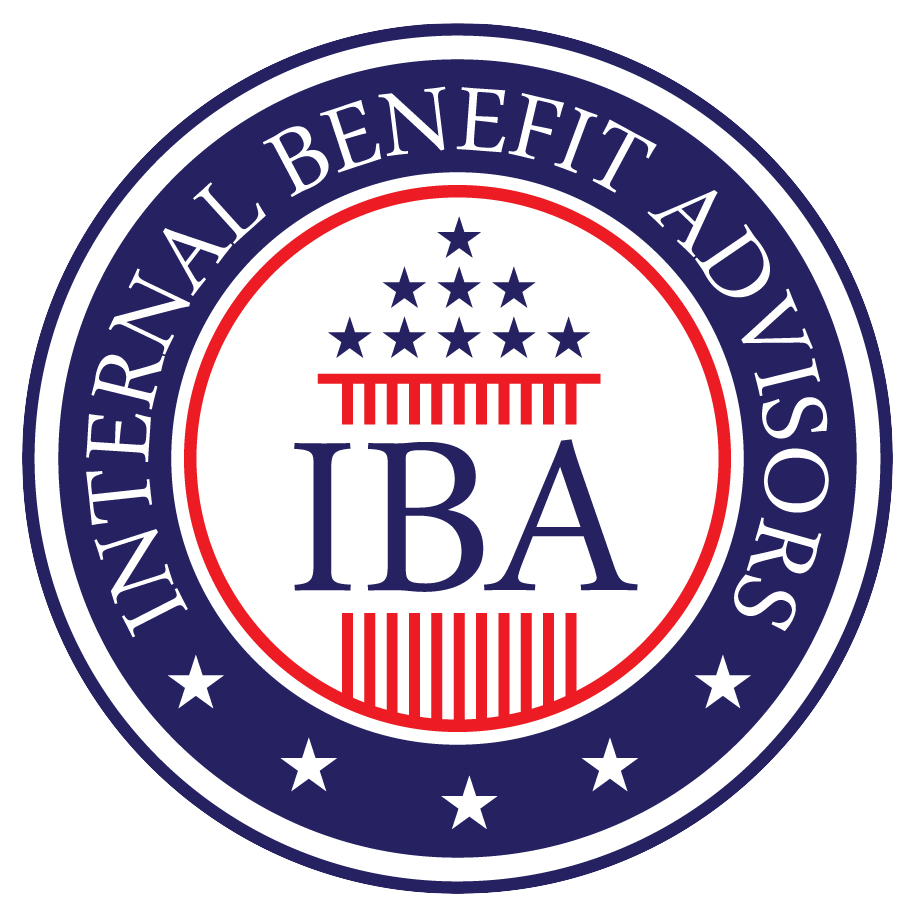The Social Security Administration (SSA) has recently made significant changes to the rules for claiming disability benefits, making it easier for individuals to qualify. These changes reflect a broader effort to ensure that those in need of financial support due to disabilities receive timely and adequate assistance. For federal employees, veterans, and the general public, understanding these new rules is essential for optimizing their retirement and financial planning strategies. This blog post will explore the details of the SSA’s new rules for disability benefits, their impact on potential beneficiaries, and how these changes integrate into broader retirement planning, including options like the Thrift Savings Plan (TSP), Federal Employee Benefits, FEGLI, Life Insurance, Annuities, and Roth IRAs.
Source: SSA Lowers Bar for Claiming Disability Benefits
Overview of the SSA’s Changes to Disability Benefits
The Social Security Administration administers two main programs for disability benefits: Social Security Disability Insurance (SSDI) and Supplemental Security Income (SSI). SSDI is available to individuals who have worked and paid into Social Security, while SSI is a needs-based program for low-income individuals. The recent changes to disability benefits aim to simplify the qualification process and provide faster support to those who are unable to work due to medical conditions.
1. Key Changes to Disability Benefits Rules
- Lowered Criteria for Qualification: The SSA has lowered the bar for claiming disability benefits, which means the criteria for qualifying are now less stringent. This change is designed to accommodate individuals with a wider range of disabilities, particularly those that may not have been considered severe enough under the previous rules.
- Streamlined Application Process: The SSA has implemented a streamlined application process, reducing the time it takes to assess and approve disability claims. This change aims to provide faster access to benefits for individuals who need immediate financial support.
- Expansion of Recognized Conditions: The SSA has expanded the list of medical conditions that automatically qualify for disability benefits. This list includes conditions that are well-documented to impair an individual’s ability to work, thereby reducing the burden of proof on applicants.
2. Impact of the Changes on Beneficiaries
- Increased Access to Benefits: The lowered criteria and streamlined application process will likely result in more individuals qualifying for disability benefits. This change is particularly beneficial for those with less visible or less severe disabilities, who may have struggled to meet the previous requirements.
- Faster Benefit Approval: The new rules aim to expedite the approval process, ensuring that individuals receive the financial support they need more quickly. This can be a critical factor for those who are unable to work and need immediate assistance to cover living expenses.
- Enhanced Support for Veterans and Federal Employees: The changes to disability benefits are particularly relevant for veterans and federal employees, who may have service-related disabilities. The streamlined process can help these individuals access benefits more easily, providing crucial support during their transition to retirement or civilian life.
Understanding the Disability Benefits Programs: SSDI and SSI
To fully appreciate the impact of the SSA’s changes, it’s important to understand the two main disability benefits programs: Social Security Disability Insurance (SSDI) and Supplemental Security Income (SSI).
1. Social Security Disability Insurance (SSDI)
- Eligibility Requirements: SSDI is available to individuals who have worked and paid into the Social Security system. To qualify, applicants must have earned enough work credits, which are based on their earnings and the length of time they have worked.
- Medical Criteria: Under the new rules, the medical criteria for SSDI have been adjusted to include a broader range of disabilities. Applicants must demonstrate that they have a medical condition that significantly limits their ability to perform basic work activities for at least 12 months.
- Benefit Amounts: SSDI benefits are calculated based on the individual’s lifetime earnings. Higher lifetime earnings result in higher SSDI benefits. The recent changes aim to ensure that individuals with lower earnings due to disabilities are still able to qualify for adequate benefits.
2. Supplemental Security Income (SSI)
- Eligibility Requirements: SSI is a needs-based program for low-income individuals, regardless of their work history. To qualify, applicants must have limited income and resources, and meet specific financial criteria.
- Medical Criteria: Like SSDI, SSI requires applicants to demonstrate a medical condition that impairs their ability to work. The recent changes to the SSA’s rules have made it easier for individuals with a wider range of disabilities to qualify for SSI.
- Benefit Amounts: SSI benefits are standardized, with the amount based on federal benefit rates, adjusted annually for inflation. The new rules ensure that more individuals can access these benefits, providing a basic level of financial support for those in need.
Integrating Disability Benefits into Retirement Planning
For federal employees, veterans, and others, understanding how disability benefits fit into a comprehensive retirement planning strategy is crucial. These benefits can provide a safety net, supplementing other sources of retirement income.
1. Combining Disability Benefits with the Thrift Savings Plan (TSP)
- Maximizing TSP Contributions: Federal employees who are eligible for disability benefits should continue to contribute to the TSP as long as possible. The TSP offers tax-advantaged retirement savings, and maximizing contributions can help build a substantial retirement nest egg.
- Strategic Withdrawals: For those receiving disability benefits, carefully planning TSP withdrawals can help manage income and ensure long-term financial stability. TSP funds can be used to cover essential expenses, supplementing disability benefits.
- Lifecycle Funds: TSP Lifecycle Funds (L Funds) provide a diversified investment strategy that automatically adjusts based on the participant’s age and retirement goals. These funds can help manage risk and provide a balanced approach to retirement savings.
2. Utilizing Roth IRAs for Tax-Free Income
- Tax-Free Growth and Withdrawals: Roth IRAs offer tax-free growth and withdrawals, making them a valuable addition to retirement planning. For individuals receiving disability benefits, Roth IRAs provide a source of tax-free income, helping to manage overall tax liability.
- Coordination with Disability Benefits: By coordinating Roth IRA withdrawals with disability benefits, individuals can optimize their income streams and minimize taxes. This approach helps ensure that disability benefits are maximized, providing a stable source of income throughout retirement.
3. Exploring Life Insurance and FEGLI Options
- FEGLI Coverage: The Federal Employees’ Group Life Insurance (FEGLI) program offers life insurance coverage for federal employees. For those receiving disability benefits, maintaining FEGLI coverage can provide essential financial protection for their families.
- Long-Term Care Insurance: Planning for long-term care needs is important, as healthcare expenses can be significant for individuals with disabilities. Long-term care insurance can help cover the costs of extended care, protecting retirement savings from being depleted by medical expenses.
Additional Considerations for Federal Employees and Veterans
Federal employees and veterans may have access to additional benefits and programs that can supplement disability benefits, providing comprehensive support.
1. FERS and CSRS Disability Retirement
- FERS Disability Retirement: Federal employees covered under the Federal Employees Retirement System (FERS) may qualify for disability retirement if they are unable to perform their job duties due to a medical condition. FERS disability retirement provides a pension based on years of service and high-3 average salary.
- CSRS Disability Retirement: Employees covered under the Civil Service Retirement System (CSRS) may also be eligible for disability retirement. Understanding the eligibility criteria and application process for CSRS disability retirement is crucial for maximizing benefits.
2. Veterans’ Benefits and Services
- VA Disability Compensation: Veterans with service-connected disabilities may be eligible for VA disability compensation, which provides tax-free monthly payments. The SSA’s changes to disability benefits can complement VA compensation, offering additional financial support.
- Vocational Rehabilitation and Employment: Veterans who are unable to work due to disabilities may qualify for vocational rehabilitation and employment services through the Department of Veterans Affairs (VA). These services help veterans transition to civilian employment, providing training, education, and support.
Planning for a Secure Future: Tips for Maximizing Disability Benefits
Maximizing disability benefits requires careful planning and understanding of the available programs and options. The following tips can help individuals optimize their disability benefits and ensure a secure financial future.
1. Stay Informed About SSA Rules and Changes
- Monitor Updates: The SSA periodically updates its rules and guidelines for disability benefits. Staying informed about these changes is crucial for understanding eligibility criteria and maximizing benefits.
- Consult with Experts: Working with financial advisors, disability advocates, and Social Security representatives can provide valuable insights and guidance. These experts can help individuals navigate the complex rules and ensure they receive the benefits they are entitled to.
2. Document Medical Conditions and Work History
- Maintain Detailed Records: Keeping detailed records of medical conditions, treatments, and work history is essential for supporting disability claims. These records provide the evidence needed to demonstrate eligibility for benefits.
- Regular Medical Evaluations: Regular medical evaluations and check-ups can help document the progression of a medical condition, providing the necessary evidence for disability claims. This documentation is crucial for qualifying for and maintaining disability benefits.
3. Consider the Impact on Other Benefits
- Coordinate with Retirement Benefits: Understanding how disability benefits interact with other retirement benefits, such as the TSP, Roth IRAs, and pensions, is crucial for effective planning. Coordinating these benefits can help maximize income and ensure long-term financial stability.
- Plan for Healthcare Needs: Healthcare expenses can be significant for individuals with disabilities. Planning for healthcare costs, including insurance coverage, long-term care, and out-of-pocket expenses, is essential for protecting retirement savings and ensuring financial security.
Conclusion
The SSA’s recent changes to disability benefits represent a significant shift in how individuals with disabilities can access financial support. By lowering the bar for claiming disability benefits and streamlining the application process, the SSA aims to provide faster and more equitable assistance to those in need. For federal employees, veterans, and the general public, understanding these changes and how they fit into a broader retirement planning strategy is crucial. By integrating disability benefits with other retirement savings options, such as the Thrift Savings Plan, Roth IRAs, and life insurance, individuals can build a comprehensive plan that ensures financial security and peace of mind.For more information on the SSA’s changes to disability benefits, visit Fedweek’s article on SSA Lowers Bar for Claiming Disability Benefits.




